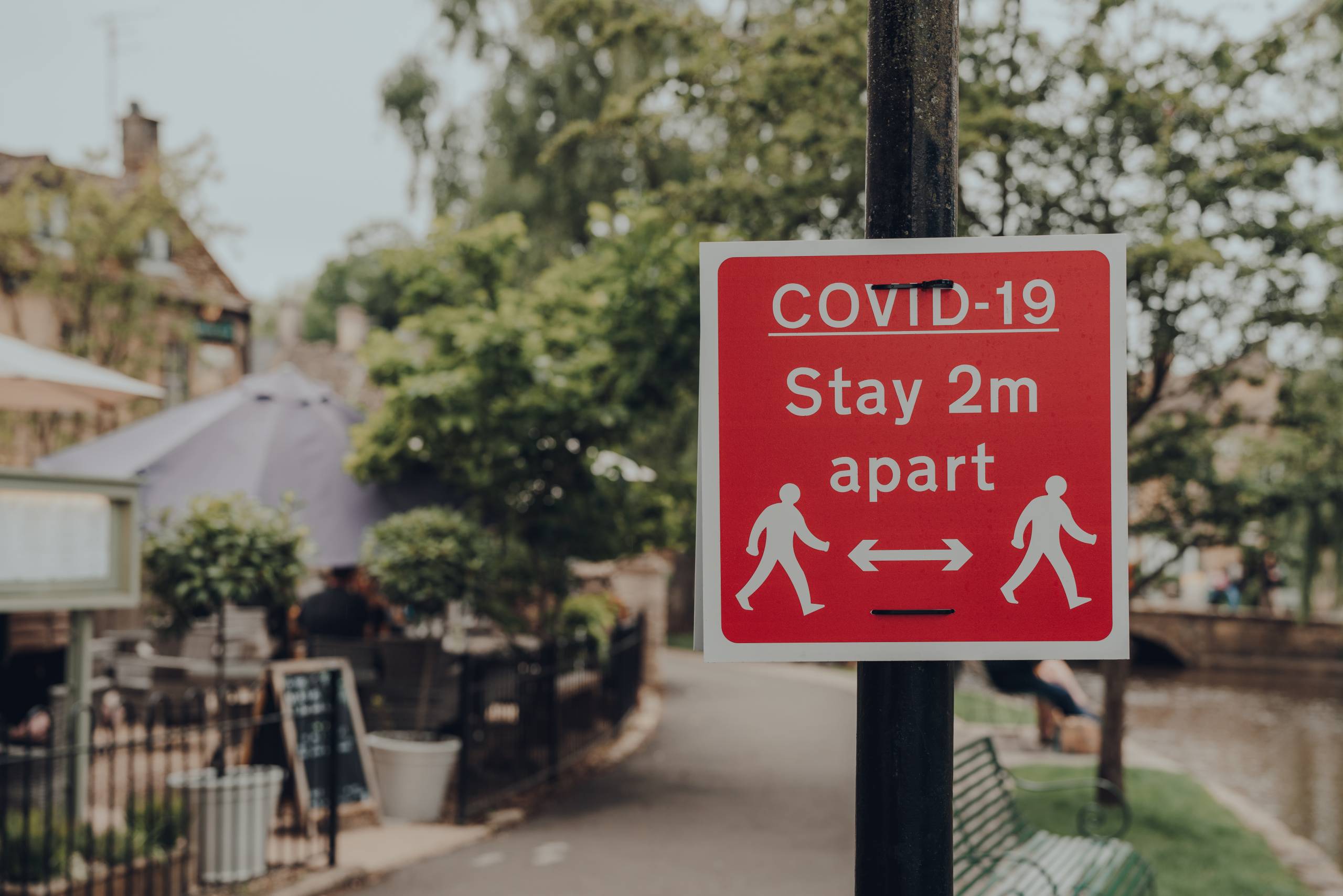Across the last year, the impact of Covid-19 has affected life in a number of fundamental ways. From how we shop to how we socialise and work, there is barely an area of life that hasn’t become markedly different over the last year. One that falls very much within our wheelhouse is investments – it’s been a year of ups and downs in the markets to say the least.
The year’s market movements have, however, often been independent of the realities of the economic situation brought about by Covid-19. This has been a positive for investors – markets have shown a resilience that only the most optimistic of projections would have expected. Sharp declines have been matched by equally sharp recoveries, while the impact on long term investment plans has been surprisingly limited.
Even so, it has been a tumultuous year by anyone’s standards. As a company, we’ve been forced to change not only how we work but how we plan, all while implementing new systems that will remain in place even after Covid-19’s impact has dissipated.
How we traded
Whenever situations like these arise – i.e. periods of significant turbulence in the markets – our role is to strike a balance between decisive action and a commitment to our ethos of long-term investing. The two go hand in hand – it is necessary, after all, to regularly reassess our portfolio composition – but excessive tinkering would be poorly aligned with our strategy.
Since the pandemic took hold in March 2020, we have rebalanced our portfolios four times. We made two changes that March, to respond to the immediate challenges posed by the impact of Covid-19, along with further changes in July and in November. In all cases, these were changes made to capitalise on opportunities identified by our asset allocation team, as well as to ensure our portfolios remained robust in the face of global change.
We don’t rule out further changes to our portfolios as we exit lockdown and society takes gentle steps back to normality. Any changes we make will depend on your chosen risk level and will be made with the time horizon of your investments in mind – and, as ever, we will inform you as and when they happen.
How we performed
For most investors, what really matters is how well their portfolios perform. In that regard, 2020 was the definition of a mixed bag. As you can see below, an extreme slump as Covid-19 took hold globally was then followed by an equally significant recovery. By the end of 2020, Moneyfarm portfolios had surpassed their pre-pandemic levels and hit new all-time highs.
The chart below maps the performance of our P3, P6 and P7 portfolios, to give an idea of performance at both ends of our risk spectrum. You can see clearly both the severity of the Covid-19 crisis and the resilience shown in the speedy recovery – just like the small dip at the end of 2018, the response to Covid-19 followed this familiar pattern.
The important thing to consider here is how costly it can be to disinvest during times of uncertainty. As the impact of Covid-19 wreaked havoc in the markets, the instinctive reaction for a lot of investors was to pull their money out of the markets and back into the relative safety of cash.
When you take the sharp recovery into consideration, however, the decision to disinvest during a stormy spell serves only to crystallise your losses. Investors who stayed the course were able to enjoy the impressive recovery made over the rest of 2020. Since then, growth has returned to its (relatively) steady pattern.
When you invest for the long term, there are almost certain to be difficult periods that will test your resolve. Our approach is to view these as small, temporary setbacks, even in situations as severe as the Covid-19 crisis. Ultimately, our portfolios grew in 2020. The hard work of our asset allocations specialists, coupled with our investors’ commitment to their long-term plans, allows us to look back on the year in an incongruously favourable light.
How we worked
Like a lot of businesses, as Covid-19 took hold in the UK, we were forced to assess our working situation quickly. To keep our employees safe, we closed the London office and asked our entire team to work from home until further notice. Other than a few short weeks in the summer, during which we could have limited numbers back in the office, we’ve been at home since.
Luckily for us, Moneyfarm has always been a business built with tech at its core. Our internal teams rely just as heavily on our tech as our customers do, using algorithms to assess investment opportunities and making it easy for our investors to contact a member of the team digitally. We’re also, fortunately, free from dated legacy systems due to the fact we never had to use them, even in our infancy. We could host video conferences before we learned to walk, so to speak.
As such, the shift to remote working has been remarkably smooth. Operating across Italy and the UK, we’re well accustomed to video calls and digital presentations. It’s been so manageable, in fact, that we’re working on some fundamental changes to our working practices to adopt the positive elements of the more flexible approach we’ve all been forced to take.





